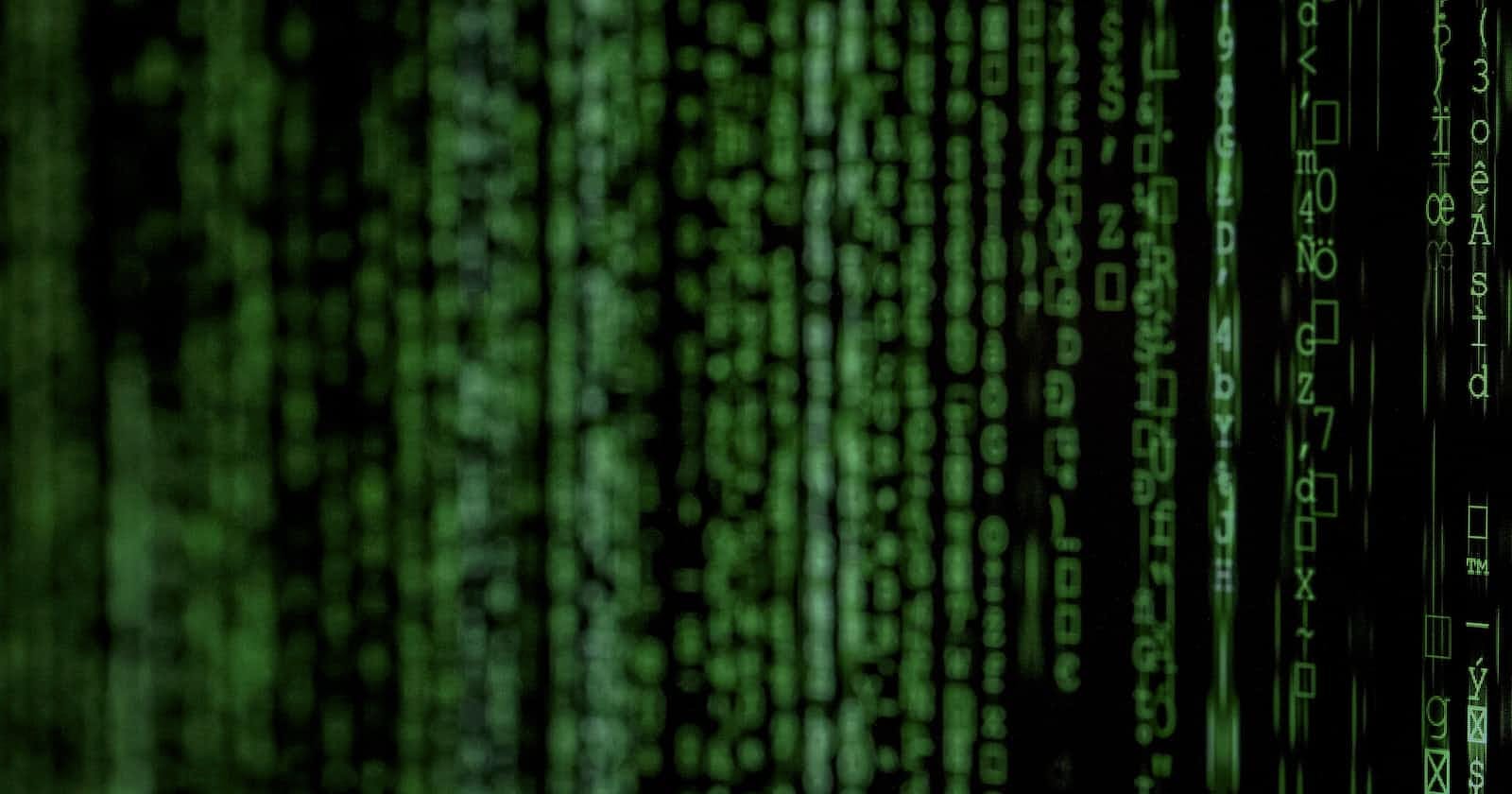
Photo by Markus Spiske on Unsplash
What exactly is the Internet of Things (IoT)?
Understand what it means to give digital presence to physical objects around us.
Table of contents
No headings in the article.
The Internet of Things (IoT) is an increasingly popular concept that refers to the integration of physical objects with advanced technologies like sensors, processing systems, and software. This integration allows these objects to connect and exchange data with other devices and systems via the Internet or other communication networks.
While this definition may sound a bit technical and difficult to understand, let's try to paint a simpler picture. Think about how humans leave digital footprints with every interaction we have with technological devices that connect to the internet. From log-ins and sign-ups to payment transactions, we leave some level of identity on the internet.
Now, imagine physical objects around us, such as blenders, blinds, cookers, air conditioners, sprinklers, doors, and audio players, demanding their digital presence. They want to communicate what they feel to those concerned, be it other objects or humans directly. One way to achieve this is to make them available on the internet so that we as humans can read their status and operate on them without extra human intervention.
Interlude: The fictitious case of a washing machine with a mind of its own:
While the idea of a washing machine going to court is purely fictional, the concept of physical objects communicating with us is not.
With IoT, our world is becoming more connected, and it's an exciting time to be alive. By giving physical objects a digital presence, we allow them to communicate their current state and performance without the need for another human intermediary. We can read the current status of your Air conditioner and make it either start working if it's not, stop working if it was or, control the temperature, all without seeing it or asking anyone to physically perform the needed action. Such action could be performed either by voice automation or controlled through a mobile phone. But the important step is: the physical object must have been made accessible through remote means on the internet.
This ability has tremendous advantages for humans, and it is a pointer to what the future of smart technology holds. The benefits cut across different industries, from healthcare to manufacturing to transportation, making IoT an essential component of modern life. We can start to relate to these physical objects in great ways. Even remotely! You can control your gadgets at home while you're in the office or away; Farmers can remotely monitor the condition of the soil and the health/lifecycle of a plant just by putting up some sensors and digitizing the plants and soil. Robots are already manufacturing cars and equipment with less human intervention.
In conclusion, the current stage of the implementation of the Internet of Things is mindblowing, and the vast discoveries that are yet to be made are exciting to think about. As we've explored in this article, the ability to give physical objects a digital presence has tremendous advantages for humans, cutting across different industries and making IoT an essential component of modern life. Moving forward, it's clear that the technical concepts behind IoT, such as cloud computing, data gathering and analysis, networks and cybersecurity, machine learning, and artificial intelligence, will continue to evolve and shape the future of smart technology.
